The final conclusions of the Hellenic Railways and Aviation Safety Investigation Agency (EODASAM) regarding the tragic Tempi train crash are outlined in a concise four-page summary (pages 124-129). The document provides a detailed analysis of what transpired on the fateful night of February 28, 2023. The EODASAM’s report, which spans 178 pages and includes all available data, directly addresses the causes and responsibilities surrounding the incident, offering clear conclusions based on thorough investigations conducted in the months following the crash.
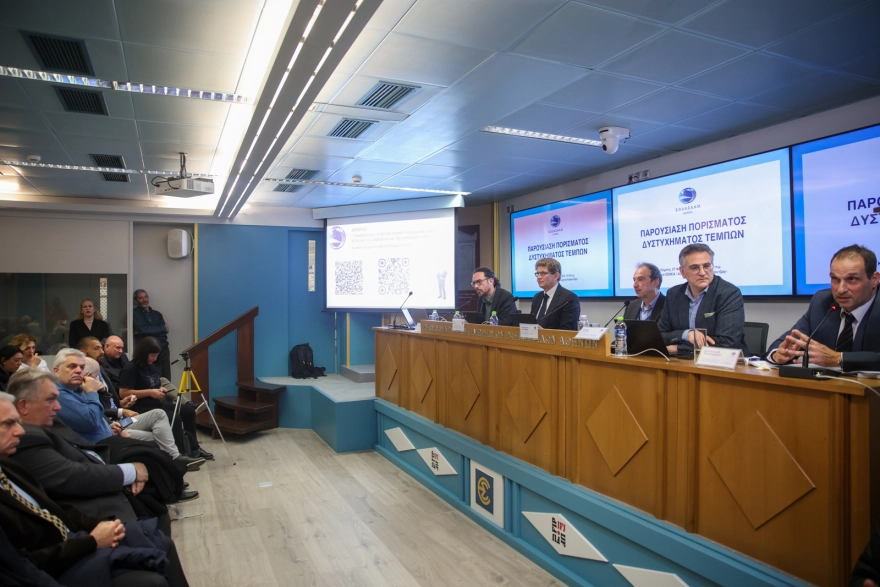
The key findings are divided into several sections:
5.1. Summary and Analysis Conclusions
- 5.1.1. Immediate Cause: The collision occurred between passenger train IC-62 and freight train 63503, both traveling in opposite directions on the same track between the Larissa and Neoi Poroi stations.
- 5.1.2. Causal Factors: The Larissa stationmaster failed to use the automated system to set the route for the IC-62, instead manually adjusting the track switches. He neglected to place the switches at point 118 A/B in the correct position, directing the passenger train onto the wrong track, leading to the collision. This mistake went unnoticed by the inexperienced stationmaster, who was working alone at the time.
- 5.1.3. Contributing Factors: A series of factors may have influenced the stationmaster’s actions when setting the route. The information needed for train control was complex, scattered across various locations, and supplemented by handwritten notes. This made it challenging for less experienced stationmasters to correctly decipher the information, which contributed to the fatal error. Additionally, it remains unclear whether the newly hired stationmasters had received sufficient practical training for handling such operational tasks.
- 5.1.4. Factors Affecting the Severity of the Accident’s Consequences: The report highlights that while manual switch operations are more complex, it was still common practice for stationmasters to use both automated and manual methods for setting routes, despite repeated instructions from the central office to prioritize automation.
- 5.1.5. Safety Observations: The EODASAM emphasizes the need for further investigations into some of the more sensitive and controversial aspects of the incident, including the causes of the explosion and the creation of the fireball, as well as the actions taken at the scene after the crash.
5.2. Actions Taken After the Accident and Recommendations: This section discusses the measures implemented following the tragedy and outlines specific recommendations for preventing similar incidents in the future.
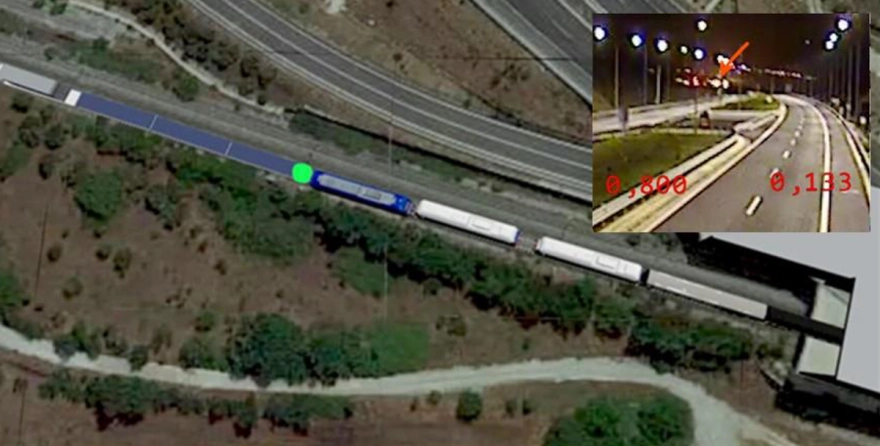
5.3. Additional Observations: EODASAM calls for ongoing investigation into certain aspects of the incident that continue to raise concerns within the Greek society, particularly regarding the operational failures and the responsibilities of the involved parties.
In summary, the EODASAM report holds clear accountability for the event, primarily blaming human error, particularly the stationmaster’s failure to follow correct procedures. The investigation also points to the complexity of the train control system and the insufficient training of staff as significant contributing factors to the crash. Furthermore, while immediate actions have been taken to address the situation, the report stresses the need for continued efforts to enhance safety measures and ensure accountability across all levels of the railway system.

In collaboration with Democritus University of Thrace, Hellenic Trains has developed a training program for its staff focusing on “Railway Safety: Principles, Procedures, Systems, and Incident Management” (647). This initiative highlights the company’s commitment to improving safety standards within Greece’s rail sector.
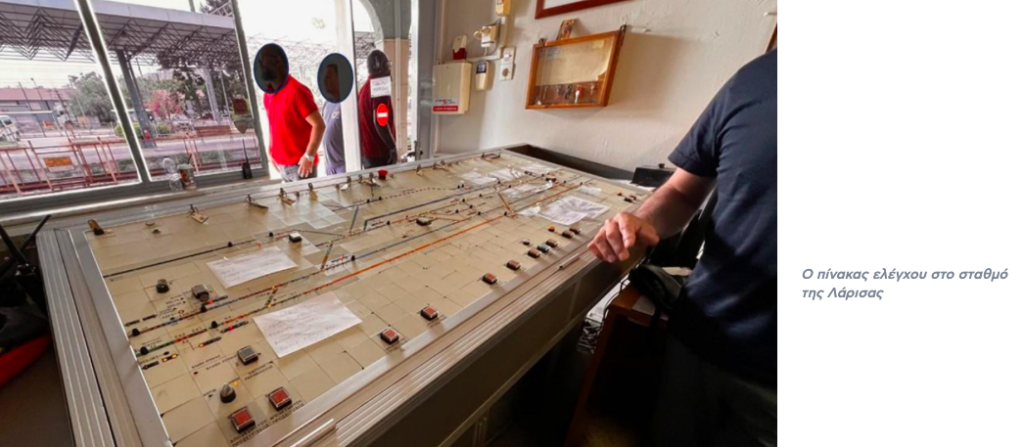
Additionally, Hellenic Trains has worked to adapt its rolling stock to the ETCS and GSM-R systems, marking a significant step toward modernizing its infrastructure and enhancing operational safety.
However, the Railway Regulatory Authority (RAS) has faced challenges in its efforts to ensure safety and transparency across the industry. In letters sent in April and September 2023, the RAS instructed all railway operators to report any incidents or accidents, providing specific details such as the date, location, damage, and casualty figures. Despite these efforts, the response from the railway sector has been notably insufficient.
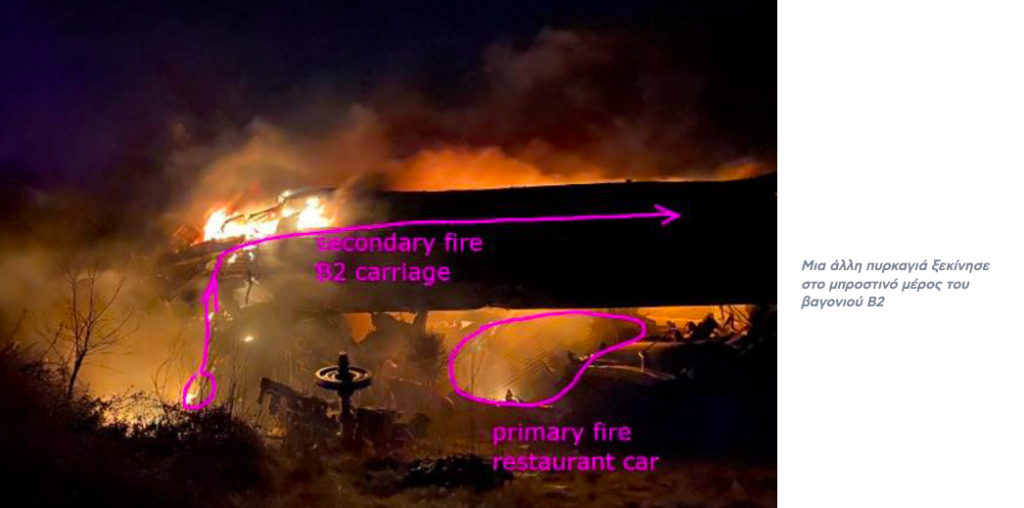
A deeper concern emerges from the judicial investigations into the recent train tragedy in Tempi. While legal inquiries are crucial, a focus on individuals, rather than systemic and organizational issues, could hinder broader improvements in railway safety. Investigators are advocating for a shift away from blame and toward addressing organizational flaws that contribute to accidents.
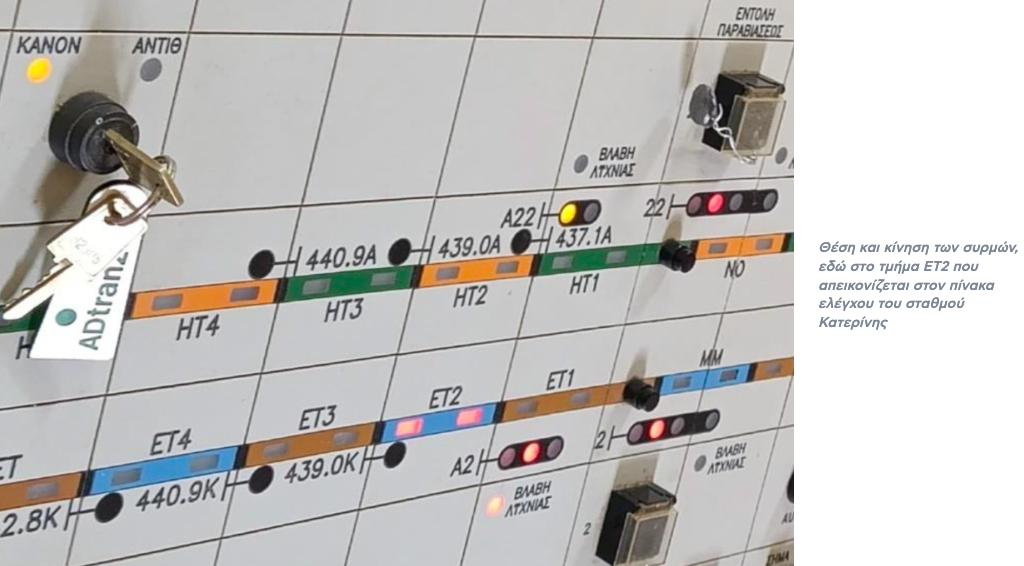
Excessive emphasis on legal repercussions, particularly targeting employees, could undermine the culture of safety within the industry. Workers may become reluctant to report near-misses, minor incidents, or resource issues, fearing legal consequences. This could stifle the flow of critical information that is essential for ongoing safety improvements.
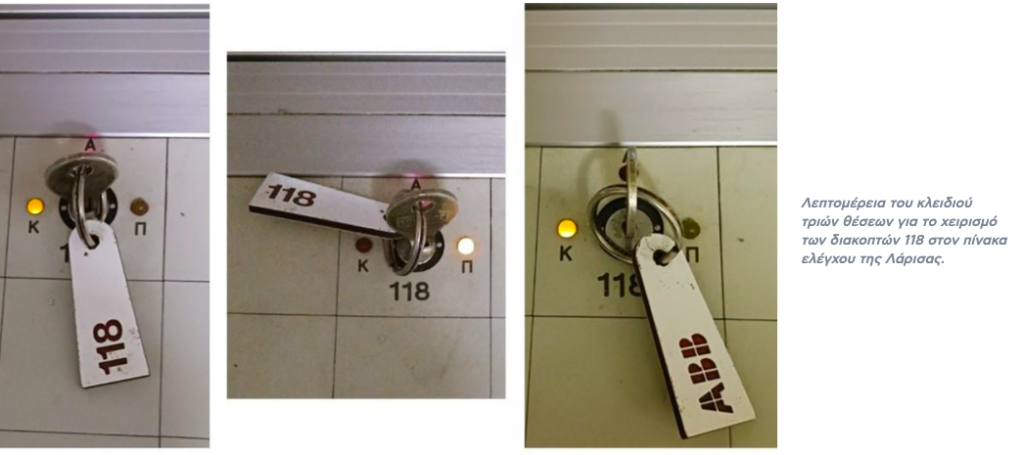
Moreover, current judicial investigations risk losing sight of the broader systemic goal, which is to strengthen the railway system against industrial risks. Only systemic safety organizations can effectively manage these rare but harmful industrial risks and provide compensation to victims without waiting for the often prolonged judicial outcomes.
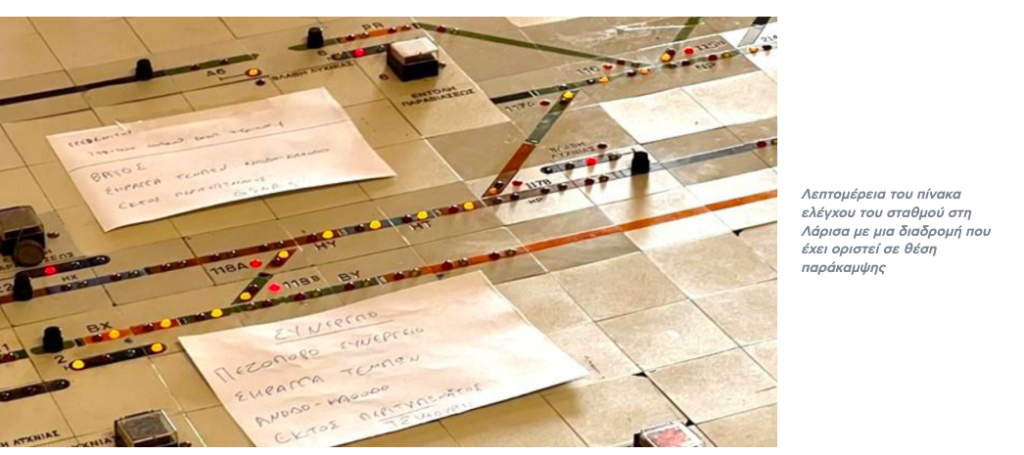
In summary, the focus should be on enhancing safety through systemic and organizational changes, rather than solely relying on judicial processes that may deter open communication and slow down necessary reforms.

Ask me anything
Explore related questions





